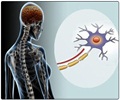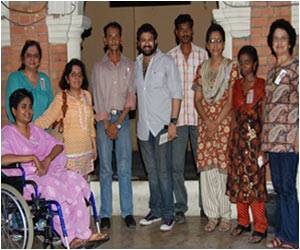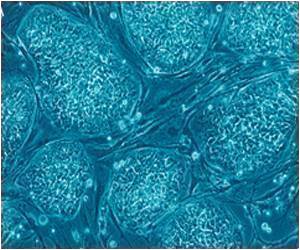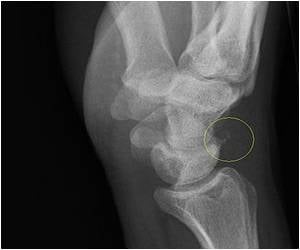Detecting build-up of sodium in the brain by MRI is perhaps a biomarker for the degeneration of nerve cells that occurs in people with MS, states new study published online in Radiology.
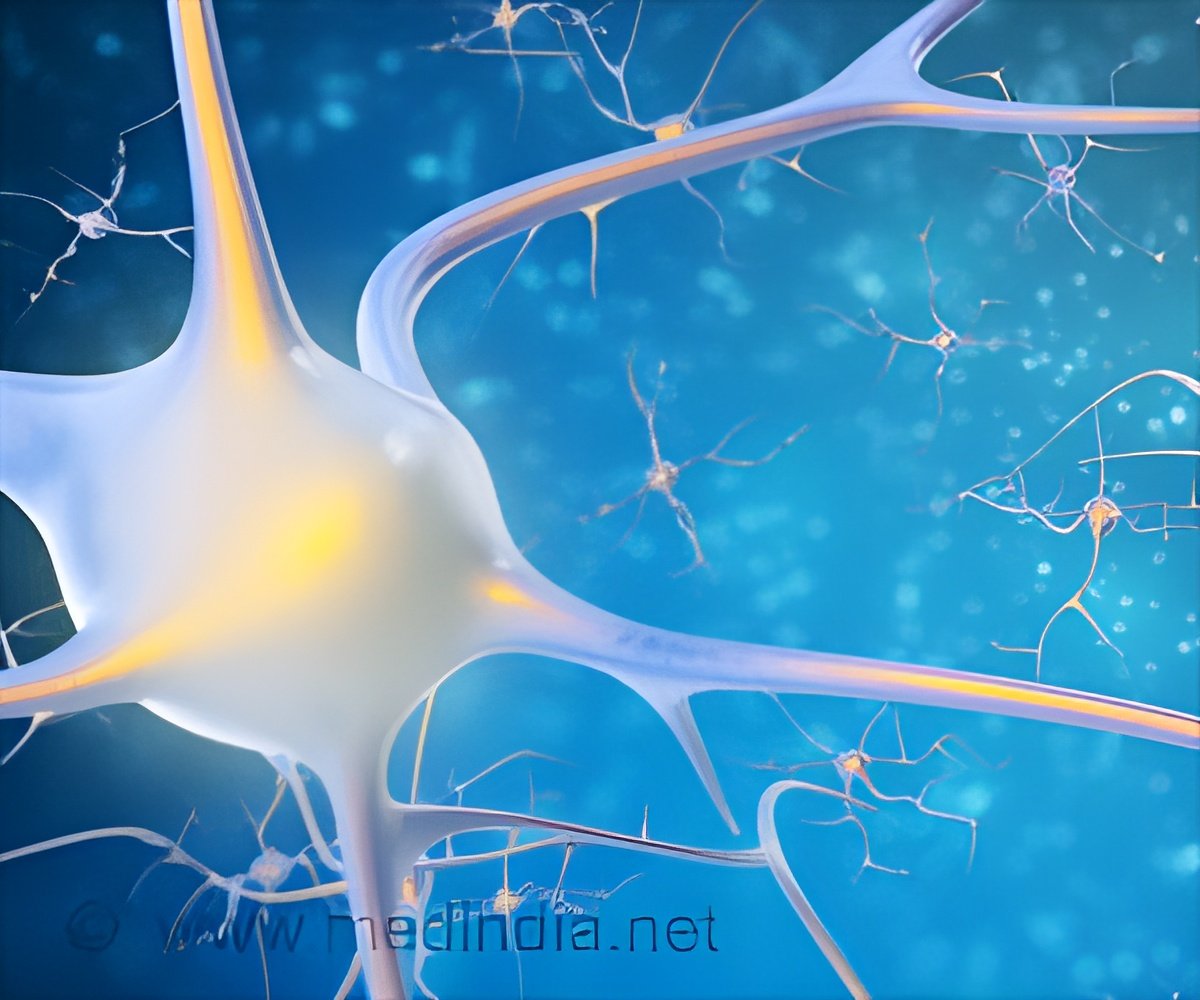
"A major challenge with multiple sclerosis is providing patients with a prognosis of disease progression," said Patrick Cozzone, Ph.D., director emeritus of the Center for Magnetic Resonance in Biology and Medicine, a joint unit of National Center for Scientific Research (CNRS) and Aix-Marseille University in Marseille, France. "It's very hard to predict the course of the disease."
In MS, the body's immune system attacks the protective sheath (called myelin) that covers nerve cells, or neurons, in the brain and spinal cord. The scarring affects the neurons' ability to conduct signals, causing neurological and physical disability. The type and severity of MS symptoms, as well as the progression of the disease, vary from one patient to another.
Dr. Cozzone, along with Wafaa Zaaraoui, Ph.D., research officer at CNRS, Jean-Philippe Ranjeva, Ph.D., professor in neuroscience at Aix-Marseille University and a European team of interdisciplinary researchers used 3 Tesla (3T) sodium MRI to study relapsing-remitting multiple sclerosis (RRMS), the most common form of the disease in which clearly defined attacks of worsening neurologic function are followed by periods of recovery. Sodium MRI produces images and information on the sodium content of cells in the body.
"We collaborated for two years with chemists and physicists to develop techniques to perform 3T sodium MRI on patients," Dr. Zaaraoui said. "To better understand this disease, we need to probe new molecules. The time has come for probing brain sodium concentrations."
Using specially developed hardware and software, the researchers conducted sodium MRI on 26 MS patients, including 14 with early-stage RRMS (less than five years in duration) and 12 with advanced disease (longer than five years), and 15 age- and sex-matched control participants.
Advertisement
"In RRMS patients, the amount of sodium accumulation in gray matter associated with the motor system was directly correlated to the degree of patient disability," Dr. Zaaraoui said.
Advertisement
"Brain sodium MR imaging can help us to better understand the disease and to monitor the occurrence of neuronal injury in MS patients and possibly in patients with other brain disorders," Dr. Ranjeva said.
Source-Eurekalert


